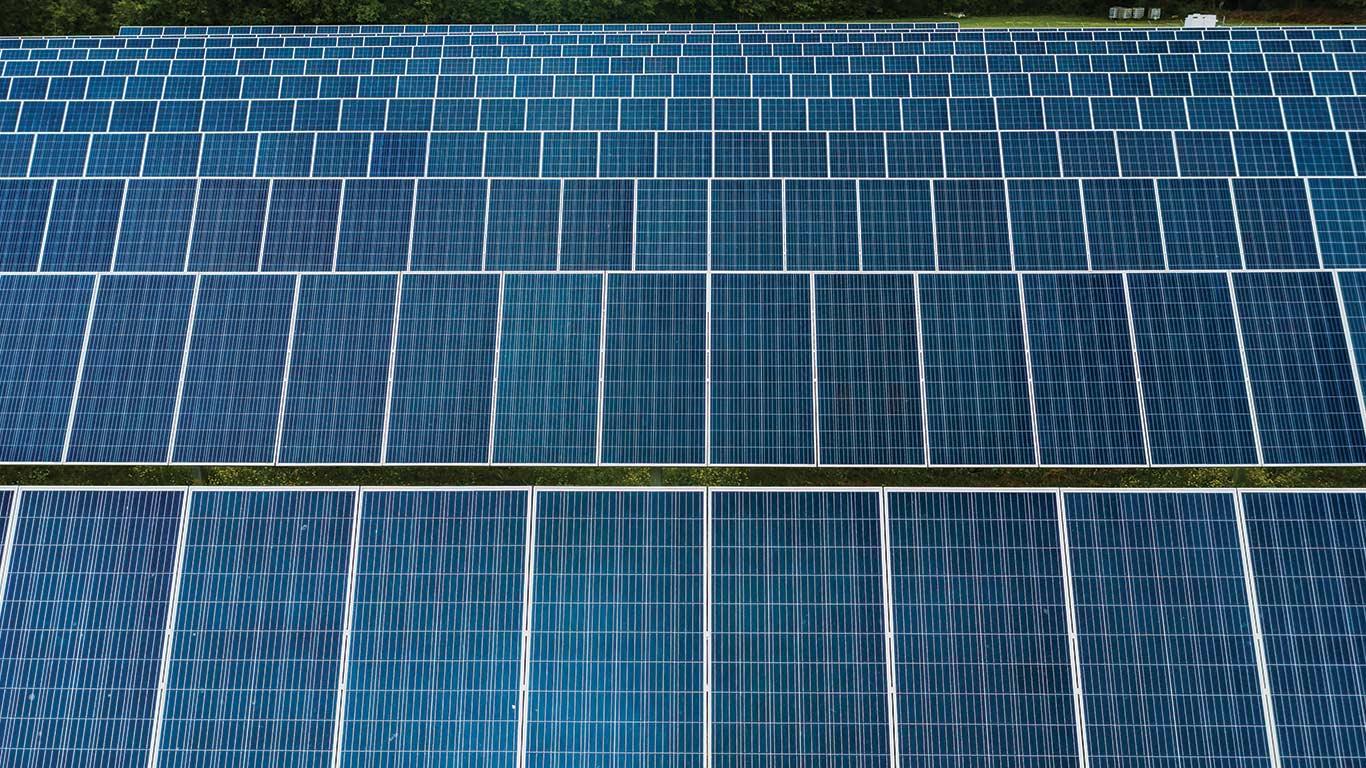India's Solar Module Capacity Soars To 100 GW, Raising Oversupply Concerns: SBI Capitals
The domestic manufacturing surge has coincided with strong market demand, as solar installations in the last fiscal year (FY25) increased by 60 percent to 24 GW, requiring an estimated 50 GWdc of modules to meet project requirements.
However, the rapid capacity expansion is generating concerns about potential market oversupply. With annual solar additions projected to stabilise between 40-50 GW, the anticipated 190 GW of manufacturing capacity expected by 2027 could significantly exceed domestic demand levels.
The report notes that manufacturers seeking to capitalise on market opportunities are establishing onshore facilities, with early entrants positioned to gain advantages as the United States simultaneously develops its indigenous upstream manufacturing capabilities.
Despite progress in module manufacturing, significant gaps persist in the upstream solar value chain. India's solar cell production capacity remains below 30 GW, creating substantial supply shortfalls for domestic requirements.
The government's new ALMM-II directive for solar cells, mandating the use of domestically listed cells for projects with bids submitted after August 31, 2025, represents a major policy intervention designed to address this capacity gap.
The order will also expand market access for domestic manufacturers by applying to Commercial & Industrial (C&I) projects utilising net metering and open access regulations.
While planned capacity additions are expected to move cell manufacturing toward self-sufficiency over the medium term, higher costs associated with domestically-sourced Domestic Content Requirement cells may temporarily increase project expenses and reduce bidding activity in the near term.
A key policy provision exempting approximately 100 GW of projects bid since December 2024 will provide market adjustment time and help prevent significant price volatility during the transition period.
India's dependence on foreign components, particularly from Chinese suppliers, remains nearly complete in the upper segments of the solar value chain.
The government's target to achieve 40 GW wafer manufacturing capacity by March 2027 represents an ambitious objective, though implementation progress has been moderate to date.
A recent government mandate requiring the use of blue wafers for cells to qualify for domestic classification marks a positive development, though industry analysts indicate more comprehensive action is needed to achieve supply chain independence.
Polysilicon production represents the most critical missing component in India's solar manufacturing ecosystem. China's recent decision to close one-third of its polysilicon capacity has triggered a global price increase of 35-40 percent, according to the analysis.
While module prices have not yet reflected this upstream cost pressure, the price surge is reducing profit margins for mid- and downstream manufacturers that lack vertical integration capabilities.
The report indicates that Indian integrated manufacturers have demonstrated superior growth and profitability compared to international competitors, largely attributed to supportive government policies and constrained domestic supply-demand conditions in the cell manufacturing segment.
In contrast, standalone module manufacturers face more variable financial returns, prompting some companies to diversify operations into related sectors including inverters, independent power production, and battery storage systems.
(KNN Bureau)
Legal Disclaimer:
MENAFN provides the
information “as is” without warranty of any kind. We do not accept
any responsibility or liability for the accuracy, content, images,
videos, licenses, completeness, legality, or reliability of the information
contained in this article. If you have any complaints or copyright
issues related to this article, kindly contact the provider above.
Most popular stories
Market Research

- Tradesta Becomes The First Perpetuals Exchange To Launch Equities On Avalanche
- Utila Triples Valuation In Six Months As Stablecoin Infrastructure Demand Triggers $22M Extension Round
- Blueberry Launches A Bold New Brand Platform
- Cregis Releases 2025 Cryptocurrency Wallet Analysis
- Barunson, Studio Behind Parasite, To Launch Nplug IP Remixing Platform On Story And Bring Flagship IP Onchain
- Falcon Finance Announced $FF And Community Sale On Buidlpad





















Comments
No comment